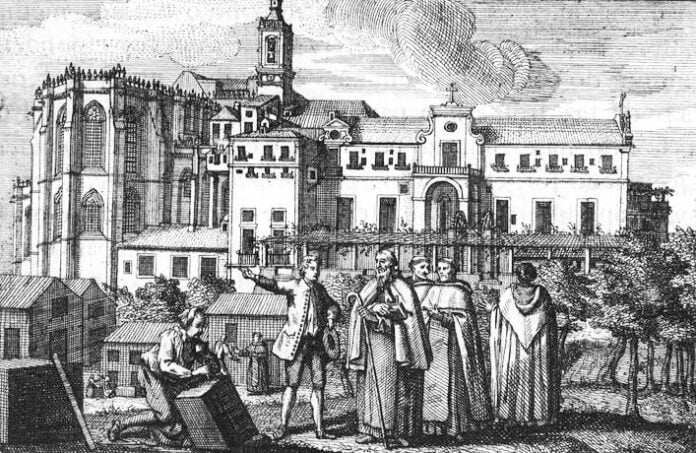In the years leading up to the devastating earthquake of November 1, 1755, Lisbon, the illustrious capital of Portugal, was a bustling hub of over 200,000 residents. It was the 4th largest city in Europe known for its culture and sophistication. A hub of commerce, it was also the center of the world’s gold trade. Here are eight interesting facts about Lisbon before the earthquake reshaped its history.
1. Lisbon was a city with a variety of architectural marvels.
The Ribeira Palace, located along the Tagus River, was the royal residence and a symbol of Portuguese grandeur.
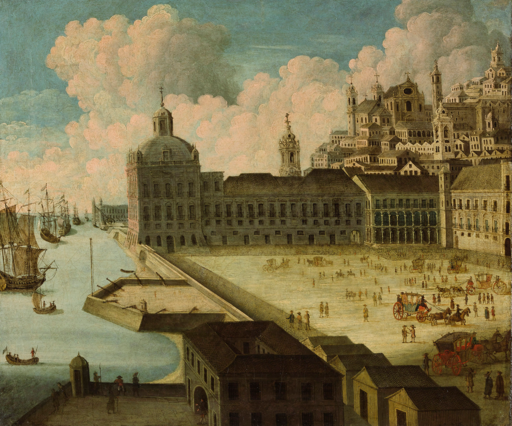
The city was also home to numerous churches and cathedrals, such as the majestic Lisbon Cathedral (Sé de Lisboa), which stood as testaments to the city’s rich religious heritage.
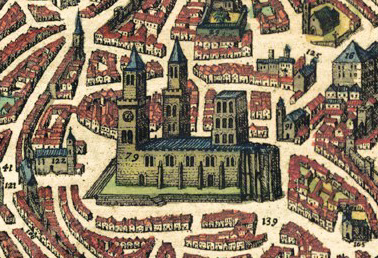
Additionally, the opulent palaces of the nobility, such as the Palácio dos Marqueses de Alorna, showcased the wealth and status of the city’s elite.
2. Lisbon had a marketplace with some of the freshest fish in Europe.
The Ribeira Market, known as Ribeira Velha, was right next to the Royal Palace, and was Lisbon’s main market for fish, fruits, and vegetables. It was a bustling hub of commerce where vendors and customers engaged in daily transactions. The market was filled with a variety of goods, including fresh fish, spices, textiles, and exotic items brought by merchant ships from distant lands. The market’s lively atmosphere was a reflection of Lisbon’s status as a major trading port and its diverse economy.
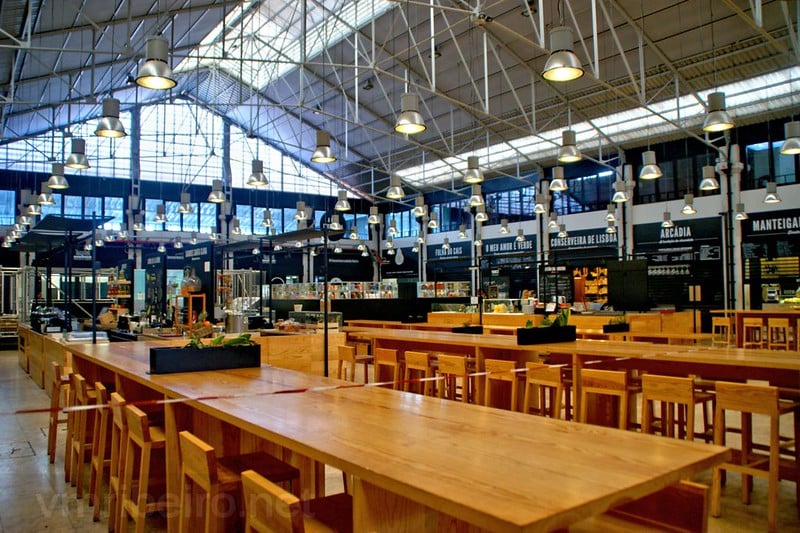
3. Lisbon had an incredible number of books and documents stored in its libraries and convents.
Being such an important European city before the earthquake changed everything, Lisbon had an incredible amount of information stored in its libraries and churches. This included the very rich libraries of the convents of Boa Hora, Carmo, Trindade, São Domingos, and Espírito Santo. In total, 70,000 manuscripts and books were lost, reducing a large part of the country’s history and heritage to dust.
4. Faith played a central role in the lives of Lisbon’s inhabitants.
Churches and cathedrals were not only places of worship but also social centers where people gathered for community events. More than 200 pre-quake churches thrived in and around Lisbon. After the earthquake, only 20 of these churches remained. Sixty chapels and 46 convents were destroyed.
5. Lisbon’s Opera House was only open for seven months before the earthquake destroyed it.
Lisbon was a thriving cultural hub, with an array of artisans, musicians, and performers contributing to the city’s rich cultural tapestry. The Chiado district was known for its theaters and literary salons, where intellectuals and artists gathered to discuss ideas and showcase their talents. This cultural vibrancy added to the city’s allure and dynamism.

6. Lisbon’s economy was thriving thanks to its strategic position as a major trading port.
Ships from around the world docked at its harbors, bringing goods and wealth to the city. Merchants played a crucial role in this economic prosperity, ensuring a steady flow of goods and maintaining Lisbon’s status as a key player in global trade.
7. Lisbon’s urban landscape was characterized by its rolling hills, narrow alleys, and expansive squares.
Neighborhoods like Baixa and Chiado were well-organized and elegant, reflecting the city’s growth and modernization efforts. In contrast, areas like Mouraria and Alfama retained a more traditional and intense way of life, with narrow streets and tightly packed houses. Modern Lisbon has retained much of this division of its traditional neighborhoods.
8. Festivities and religious celebrations were integral to Lisbon’s social fabric.
Lisbon came alive during events like All Saints’ Day, when the streets filled with people attending Mass and participating in communal activities. These celebrations fostered a sense of community and continuity, binding the residents together through shared traditions and faith. The Lisbon we know today continues these traditions with festivals such as the Santos Populares festivals throughout the month of June.
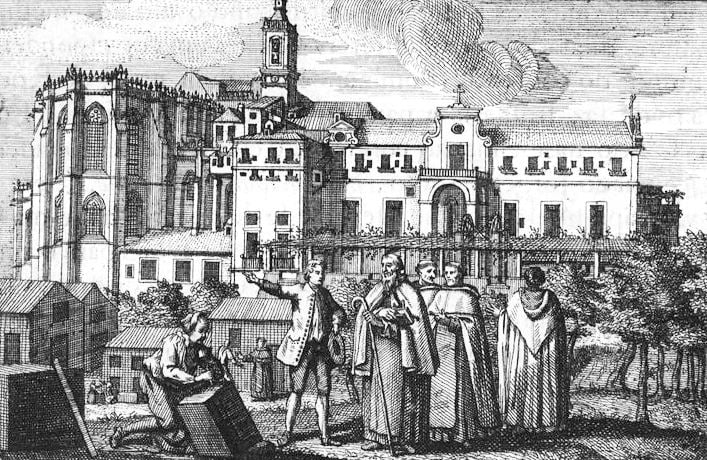
Final Thoughts
Lisbon before the earthquake of 1755 was a city of contrasts and complexity, brimming with life and characterized by a rich tapestry of architecture, commerce, culture, and social stratification. The vibrant urban life, marked by bustling markets, grand palaces, and religious devotion, reflected the city’s significance as a major European capital. Despite the impending disaster, the spirit of Lisbon and its people stood as a testament to human resilience and ingenuity, qualities that would be sorely tested but ultimately endure in the years to come.

